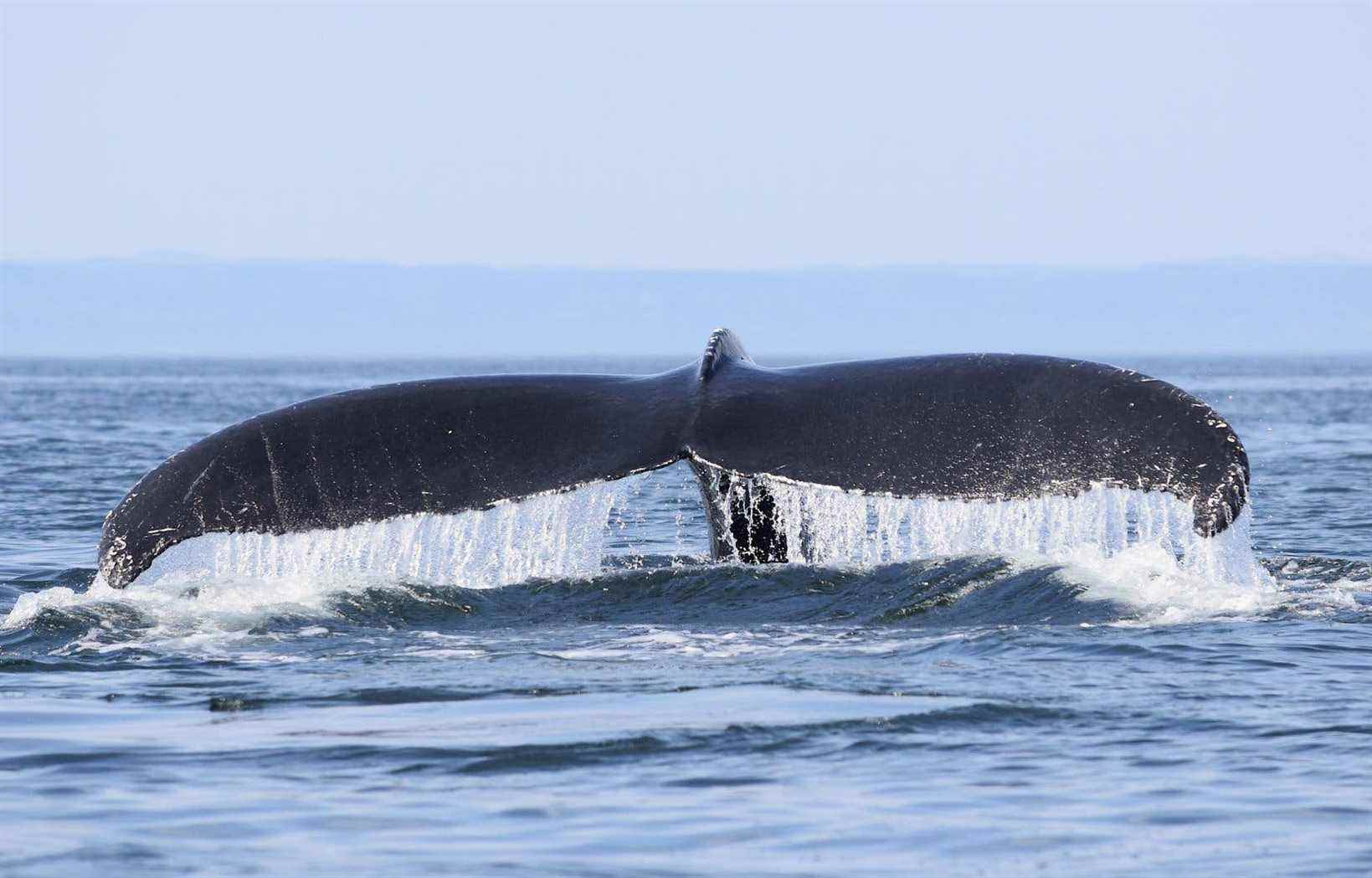The Federal Court has ruled: the regulation that exempts exploratory drilling off Newfoundland from the environmental assessment process that was previously in effect is “reasonable”. Environmental groups contested this decision of the Trudeau government, taken to facilitate the realization of oil drilling in the marine environment.
With the “Regulations relating to physical activities excluded (exploration wells off the coast of Newfoundland and Labrador)”, which came into force in June 2020, the federal government wishes to “maintain the competitiveness” of the offshore petroleum sector, according to what we could read in the press release published at the time of the announcement.
Previously, an oil company wishing to carry out a first drilling project on an exploration license located in waters east of Newfoundland and Labrador had to file a project notice and produce an impact study. A review was then conducted by the Canadian Environmental Assessment Agency, which produced a report for the Minister of the Environment. The latter then decided whether or not to authorize the project.
Since June 2020, an oil or gas company can, 90 days before the start of drilling, file a project “notice” with the government, including technical information. The proponent will then work with the Canada – Newfoundland and Labrador Offshore Petroleum Board, which manages the development of the industry. The promoter will also have to plan for a “follow-up” of operations. It will be able to carry out seismic surveys, accompanied by a program of “monitoring” of this operation, which represents major well-documented risks for marine fauna.
These regulations, which replace the old environmental assessment process, were drawn up after carrying out a “regional assessment” which covers a maritime territory of more than 735,000 km² located in the Atlantic. This vast area, which cuts across the very important commercial fishing sector of the Grand Banks of Newfoundland, has many major ecological zones and is home to several threatened species, including endangered marine mammals.
Contestation
The Settlement and the regional assessment, however, were challenged by counsel for Ecojustice, who represent Ecology Action Center, Sierra Club Canada Foundation and WWF-Canada. According to the organization, Ottawa drafted its draft regulations on the basis of a “deficient regional environmental assessment”, “in order to speed up drilling in the region”, in addition to setting a “dangerous precedent. By doing so.
The lawsuit, launched even before the entry into force of the new regulation, therefore called for a “judicial review” of the “Regulation for concrete activities excluded”, but also of the regional evaluation.
In a decision rendered this week, the Federal Court ruled, however, that the new regulations “are fully consistent with the structure and purpose” of the Impact Assessment Act, but also that the regulations adopted by the government Trudeau “is reasonable”.
The groups that initiated this lawsuit are currently evaluating the possibility of appealing this decision. Sierra Club Canada spokesperson Gretchen Fitzgerald argued Friday that continued oil drilling in marine environments threatens ecosystems and several endangered species. What is more, the oil exploitation that must result from these projects is, according to her, “inconsistent” with Canada’s climate objectives.
Drilling to come
The regulations put in place in June 2020, however, are good news for Newfoundland and Labrador. The province wants at least 100 exploration wells to be drilled by 2030, in order to increase oil production over the next few years. The goal would be to produce more than 650,000 barrels per day, or 235 million barrels per year.
In January 2021, the Trudeau government approved 40 exploratory wells in a maritime region recognized by the UN for its ecological and biological importance. These projects, which have all been assessed under the Canadian Environmental Assessment Act adopted by the government of Stephen Harper, total 40 holes. Chevron is due to complete 8 by 2025, Equinor plans 12 by 2030 and BHP Canada plans to drill 20 wells by 2028.
The three projects will be carried out on exploration permits that overlap with “areas of ecological and biological importance of the United Nations Convention on Biological Diversity”, specify reports produced by the Impact Assessment Agency of Canada. (AEIC). In the case of the Equinor drilling, this area is associated with the very important fishing area of the Grand Banks of Newfoundland. The Chevron company for its part holds the exploration rights in an area of ”great biodiversity”, including “many species at risk”.
Marine refuge
BHP Canada will also be able to drill in an area that is the habitat of several species of seabirds, fish, cetaceans and corals, some of which are protected by the Species at Risk Act.
Regarding the importance of corals, the AEIC notes that “the complexity of the habitat and the biodiversity in deep sea environments depend heavily on these structuring and long-lived organisms, which provide refuge and growth and feeding grounds for many species of fish and invertebrates ”.
BHP Canada’s two exploration licenses also straddle the most important “marine refuge” set up by the Trudeau government in eastern Canada, in order to meet its international commitments to protect marine environments. This area of over 55,000 km² is referred to as the “Northeastern Newfoundland Slope Closure”. According to the federal government, it is “an area of ecological and biological importance which supports great diversity, including several species in decline.” It is forbidden to use fishing gear that would touch the seabed, but it will be possible for the oil company to drill 20 exploratory wells.
